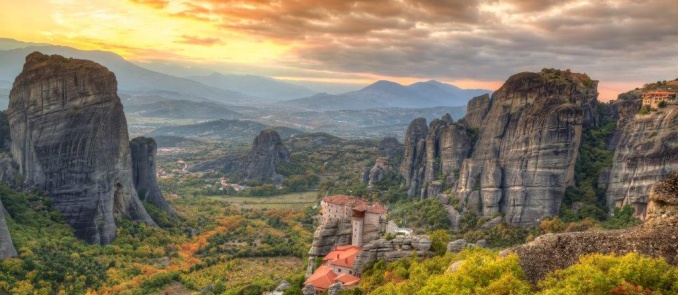Travel Secrets
Discover Meteora, the most photogenic site in Trikala, Greece
Nothing can prepare you for the absolute awe you will feel when visiting Meteora. If you think the second largest complex of monasteries in Greece is impressive, judging by the countless photos you may have seen or the stories you may have heard, when you get there you will realize it is absolutely breathtaking. “In reality, no one knows exactly how Meteora was created”, says Romanos, our driver from Trekking Hellas, as we drive up the winding paths from Kastraki, the village built on the edge of the rocks, to the monasteries. The prevailing theory says that the imposing complex of massive rocks was created through the process of erosion of a large conglomeration of large stones, sand and mud which was what was left behind after the waters of the massive Thessalic lagoon drained into the Aegean Sea centuries ago.
Climbing up Meteora
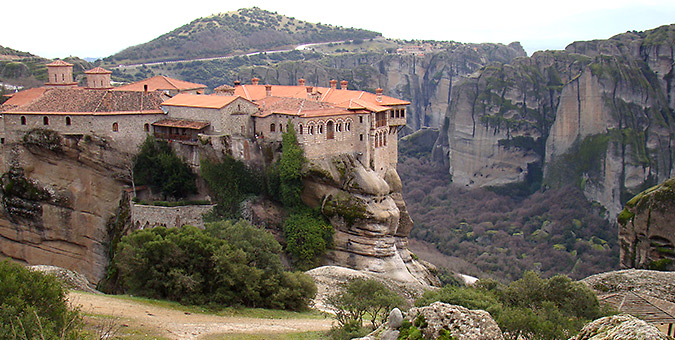
The nets and baskets which were used to ascend visitors to the monasteries in the advertising campaigns of the 70s are now gone (in fact they are used only to transport supplies and objects). The asphalt road goes up until each one of the six monasteries you can visit. However, in order to better appreciate the idyllic scenery and discover the true greatness of Meteora, we recommend you to go on foot: From Kastraki, you will approximately need 4-5 hours to follow the incredible route between cliffs, paths paved with red-gold leaves, while admiring the breathtaking views.
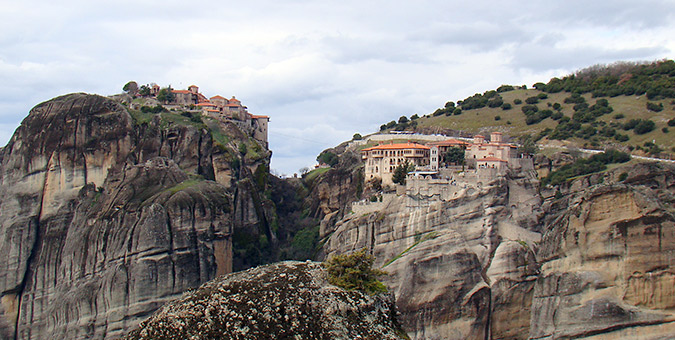
The route is easy even for the most untrained (as well as for families with kids over 8 years old), as it does not have large or steep uphills. Trekking Hellas daily organizes this hiking route (15 euros/person).
The history of Meteora
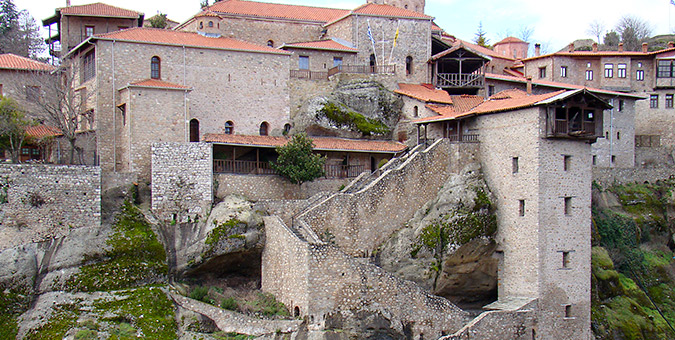
The monasteries on the top of the imposing Meteora rocks must have been built around the 10th or the 11th century -the exact date remains unknown. The obvious difficulty in accessing the region, combined with the unreal landscape, led the first hermits here, who over the years established a total of thirty monasteries. Today 6 of them are visited and protected as world cultural heritage sites by UNESCO: The Monastery of All Saints, better known as the Monastery of Barlaam, the monastery of Nikolaos Asmenos St. (or Anapafsa Monastery), the Roussanou monastery, the Great Meteoro Monastery (as it is built on the highest rock), the monastery of the Holy Trinity and the one of St. Stephen.
Trikala: The ideal base for your trip
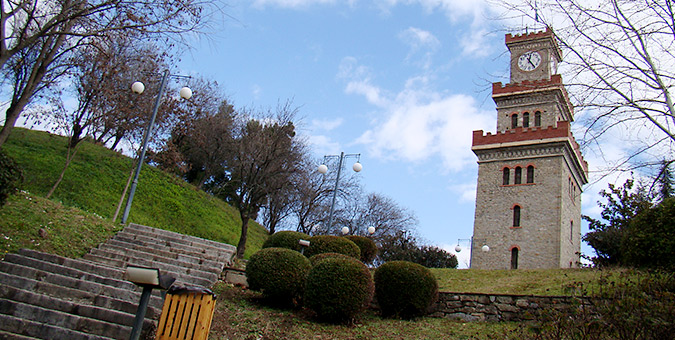
Half an hour away from the dramatic landscape of Meteora, Trikala not only is the perfect base for your trip, but also one of the most beautiful Greek cities you'll ever visit: With a picturesque historical center, large sunny squares, streets full of bikes and the waters of Lethaeos river beneath ornate bridges and between paved shores, you will love this city!
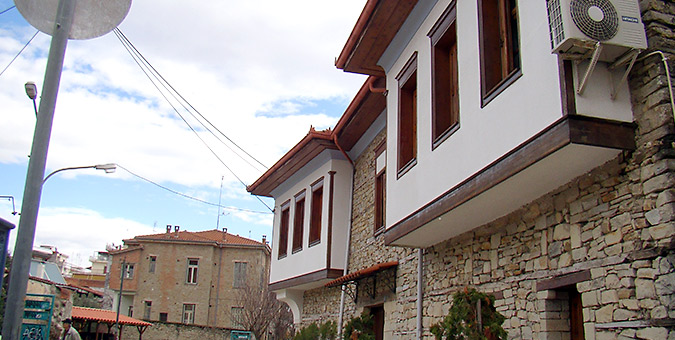
If your time is limited, note the highlights of Trikala: The Byzantine fortress, built by Justinian in the 6th century AD, with its large clock tower, the trademark of the city. The old town of Varousi with its beautiful mansions and cobbled streets. Osman Sah Mosqu, built by Sinan, the renowned architect of the Ottoman Empire. Also do not miss a walk on the banks of Letheos River, along with swans, ducks and families picnicking under the trees.
Accommodation in Trikala
Ananti City Resort
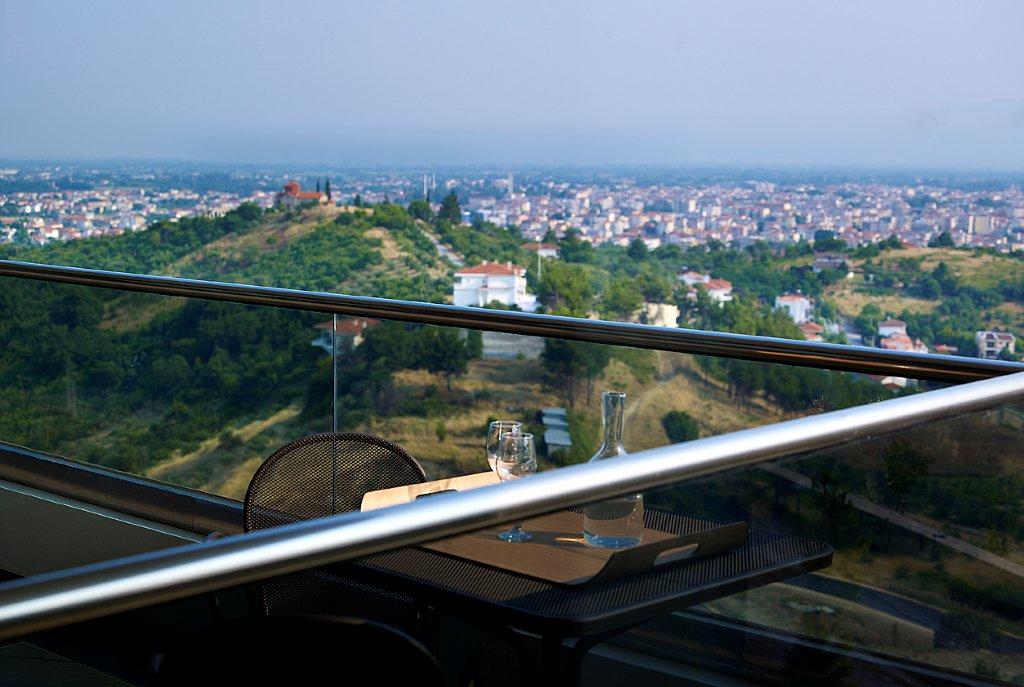
Lovely and affordably luxurious, with atmospherically lit rooms overlooking the city lights and the colors of the Thessaly plain. Ananti City Resort’s benefits are comparable to those of a five star hotel: exemplary spa (swimming pool, sauna, hamam and gym use are included in the room rate), royal breakfast buffet with homemade delicacies inspired by the local cuisine (among our highlights was the fresh “bougatsa” and the scrambled eggs with local sausages) and excellent service. Also the prices are an excellent value for money: from 96 € per double room with breakfast, use of the spa and an activity (either bike riding in Trikala or hiking in Meteora with TrekkingHellas).
Iro Kounadi
Photo credits: Giorgos Papadopoulos
Via www.in2life.gr


